When one thinks about iconic horror films, *The Fog* often stands out not just for its chilling narrative but also for its distinctive visual style. At the heart of this film’s eerie ambiance lies its extraordinary cinematography, which masterfully uses fog, shadows, and lighting to create an unsettling atmosphere. The fog itself becomes a character, enveloping the setting in a shrouded mystery that heightens tension and immerses viewers in the story. This article delves into the techniques behind *The Fog*’s eerie cinematography, exploring how filmmakers achieved this haunting visual effect and the role it plays in enhancing the film’s psychological impact.
Key Takeaways
– Low-light filming enhances suspense with dimly lit scenes that mirror the fog’s enigmatic nature.
– Misty visuals dominate the cinematography, creating an oppressive atmosphere that isolates characters.
– A muted color palette of grays and blues reflects the eerie mood, blending with the fog’s ambiguity.
– Camera movements like slow pans and tracking shots emphasize characters’ vulnerability in the fog.
– Contrast and shadows highlight unseen dangers, adding depth and tension to the scenes.
– Fog as a character symbolizes the unknown threat, wrapping the town in an ominous shroud.
– Sound design amplifies unease with ambient sounds and whispers, enhancing the eerie experience.
– Editing techniques jarringly transition between normalcy and horror, intensifying suspense.
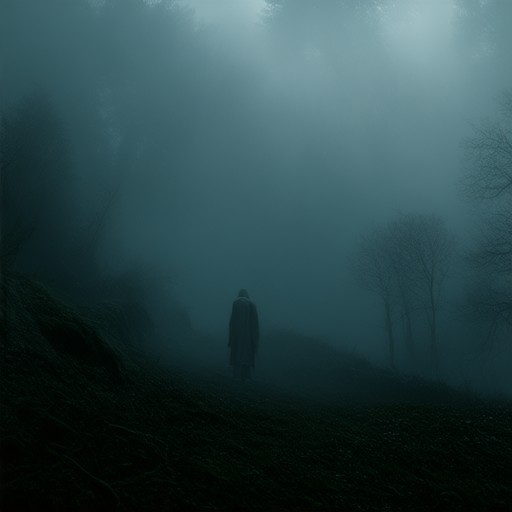
How Filmmakers Achieve the Eerie Atmosphere in ‘The Fog’ Cinematography
The eerie atmosphere in *The Fog* is primarily achieved through a combination of setting, lighting, and visual effects that work together to create a sense of dread and isolation. Here’s a breakdown of the key techniques used:
- Setting and Location: The film is set in a small coastal town, which adds to the isolated and claustrophobic feel. The use of fog as a recurring visual element helps to obscure the horizon, creating a sense of mystery and uncertainty.
- Lighting and Shadows: The cinematography relies heavily on low-light scenes and dramatic shadows. This creates a visually dark and foreboding atmosphere, emphasizing the eerie nature of the fog-covered town. The use of dim lighting in interiors further heightens the sense of tension.
- Camera Angles and Movements: Director John Carpenter often uses wide-angle shots and low-angle perspectives to emphasize the vastness of the fog and the smallness of the characters within it. Slow, methodical camera movements contribute to the building suspense.
- Fog Effects: The fog in *The Fog* is a central visual element. It was created using a combination of smoke machines and marine mist, achieving a thick, enveloping effect that feels almost palpable. This visual element works in tandem with the sound design to heighten the eerie experience.
- Sound Design: The ambient sounds of the fog—whispers, distant horn blasts, and the creaking of old buildings—are crucial in reinforcing the eerie atmosphere. These sounds blend seamlessly with the visual elements to create an immersive experience.
- Pacing and Editing: The film’s pacing is deliberate, with long stretches of calm before sudden moments of terror. This build-up creates anticipation and keeps the audience engaged in the slowly unraveling horror.
The combination of these techniques—the use of fog, lighting, camera angles, and sound—works together to create an atmosphere that is both visually and aurally immersive, making *The Fog* one of the most effectively eerie films in horror cinema.
Learn more about The Fog and its cinematography
What Techniques Did ‘The Fog’ Use to Create Its Eerie Cinematography?
The eerie cinematography in The Fog is achieved through a combination of meticulous planning, innovative camera work, and a focused visual style. Here’s a breakdown of the key techniques:
- Low-Light Filming : Much of the film is shot in dimly lit environments, relying on natural light and artificial lighting to create an unsettling atmosphere. The use of shadow manipulation adds depth and mystery to the scenes.
- Fog Machines : The iconic fog effect is central to the film’s visual identity. Multiple fog machines were used to create dense, enveloping mist that enhances the sense of isolation and dread. The fog was often generated during the day and allowed to linger until the next morning, creating a hauntingly realistic setting.
- Composition and Framing : Director John Carpenter employed deliberate framing techniques to emphasize the characters’ vulnerability. The use of wide-angle shots and careful composition creates a sense of being trapped, mirroring the narrative’s themes of entrapment and paranoia.
- Color Palette : The film’s color palette is dominated by muted tones and earthy shades, which contribute to the eerie and oppressive mood. The lack of vibrant colors reinforces the sense of gloom and doom.
- Camera Movements : The camera often moves in a slow, methodical manner, reflecting the characters’ state of mind. This deliberate pacing heightens the tension and draws the audience deeper into the story.
- Reflections and Shadows : The use of reflections off wet surfaces and dramatic shadows adds to the film’s unsettling vibe. These elements create a sense of movement and instability, even in static shots.
- Lighting Effects : Lighting plays a crucial role in highlighting the characters’ fears. The use of backlighting and dramatic shadows emphasizes the characters’ isolation and vulnerability.
These techniques collectively create a visually immersive experience that aligns perfectly with the film’s suspenseful narrative. The combination of practical effects, like the fog machines, and creative cinematography ensures that The Fog remains one of the most atmospherically charged films in horror history.
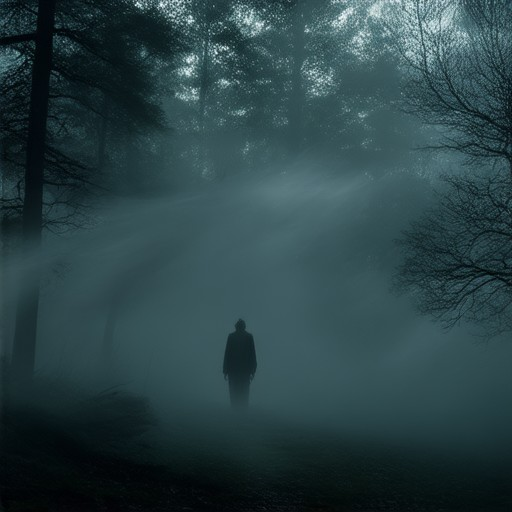
Techniques Employed in ‘The Fog’ for Eerie Cinematography
The 1980 supernatural horror film “The Fog,” directed by John Carpenter, masterfully employs various cinematographic techniques to create its eerie and unsettling atmosphere. Here are the key methods used:
- Low-Light Filming: Much of the film is shot in dimly lit environments, utilizing underexposed scenes to enhance the mysterious and foreboding mood. This technique creates a stark contrast between the darkened settings and the limited visibility, heightening tension.
- High-Contrast Lighting: High-contrast lighting emphasizes the distinction between light and darkness, adding to the eerie ambiance. This method highlights the fog’s presence while casting shadows that contribute to the unsettling atmosphere.
- Color Palette: The film utilizes a muted color palette dominated by dark tones, with occasional hints of green and yellow to represent the advancing fog. This color choice reinforces the oppressive and malevolent nature of the fog.
- Fog Effects Integration: The fog plays a central role, with creative use of fog machines and specialized camera techniques. The fog is often depicted as alive, moving in ways that defy real mist, achieved through a combination of practical effects and digital enhancements.
- Camera Movement and Composition: The steady camera and precise framing emphasize the slow-building tension. The composition frequently leads the viewer’s eye to the periphery, highlighting the eerie elements like long shadows and reflections, which hint at unseen dangers.
These techniques collectively create a visually striking and deeply unsettling atmosphere, contributing significantly to the film’s horror appeal and its status as a classic in the genre.
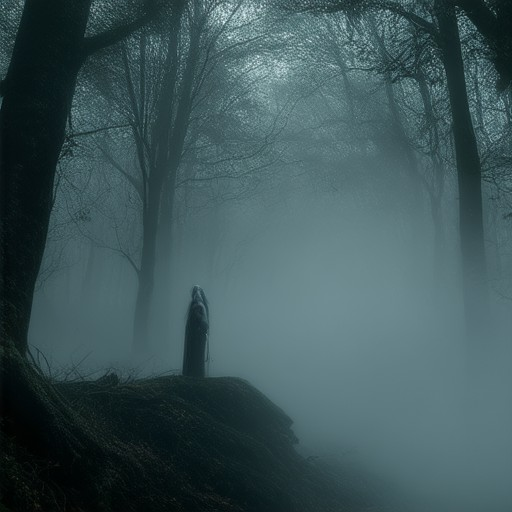
The Methods Employed in ‘The Fog’ for Eerie Cinematography
In ‘The Fog,’ eerie cinematography is achieved through a combination of meticulous visual techniques that build suspense and enhance the film’s haunting atmosphere. Here are the primary methods:
- Low-Light Filming: Much of the film is shot in dimly lit or nearly black conditions, emphasizing the thick, enveloping fog. This creates a sense of uncertainty and dread, as the audience struggles to see through the mist.
- Misty Visuals: The dense fog is a central visual element, rendered with a persistent, opaque mist that obscures the environment. This visual style contributes to the oppressive and alienating atmosphere.
- Color Palette: The film employs a muted, desaturated color palette dominated by grays, blues, and greens. These colors, combined with the fog, create a visually somber and eerie mood.
- Camera Movements: Slow, deliberate camera movements and tracking shots through the mist add to the tension. These movements often emphasize the isolation of characters in the foggy environment.
- Contrast and Shadows: High-contrast scenes highlight the interplay between light and dark, with the fog creating dramatic shadows that suggest unseen dangers lurking in the mist.
- Shot Composition: Careful framing and composition isolate characters within the ambiguous, shifting landscape. This emphasizes their vulnerability and the mysterious nature of the fog.
These techniques collectively create an immersive and unsettling visual experience, perfectly complementing the film’s supernatural narrative and amplifying its eerie ambiance.
Creating the Eerie Atmosphere in ‘The Fog’ Cinematography
The eerie atmosphere in *The Fog* is achieved through a combination of clever cinematography, lighting, sound design, and composition. Here’s how it’s done:
- Visual Elements:
- Fog as a Character: The dense, creeping fog becomes a central visual element, symbolizing the unknown threat and the gradual encroachment of horror. Its presence wraps the town in an oppressive shroud, isolating the characters and heightening tension.
- Low-Angle Shots: The use of low-angle shots emphasizes the vastness and weight of the fog, making it feel like a living entity that threatens to engulf the town.
- Long, Slow Pans: Extended pans across the town reveal its emptiness and the eerie stillness, leaving the audience with a sense of unease.
- High-Contrast Lighting: During moments of the fog monster’s attacks, the use of high-contrast lighting creates a stark visual effect, contrasting the dim, gray fog with sudden flashes of light and shadow.
- Sound Design:
- Ambient Sounds: The creaking of wooden doors, distant horn blows, and the sound of footsteps in the fog all contribute to the eerie atmosphere. These sounds create a sense of isolation and foreboding.
- Subtle Whispers: The faint sound of whispers in the wind adds to the unsettling mood, suggesting the presence of unseen entities.
- Color Palette:
- Muted Tones: The fog-covered scenes are shot with a muted color palette, emphasizing the gray and white tones that reflect the oppressive and mysterious atmosphere.
- Warm Tones in Contrast: When the fog lifts, the return to normalcy is marked by a shift to warmer tones, providing a stark visual contrast that reinforces the emotional journey of the characters.
- Character Vulnerability:
- Silhouettes Against Fog: Characters are often shown as silhouettes against the fog, emphasizing their vulnerability and making them appear more fragile in the face of the unknown threat.
- Close-Ups on Emotions: Extreme close-ups on the characters’ faces capture their fear, confusion, and desperation, drawing the audience deeper into their psychological state.
- Editing Techniques:
- Quick Cuts Between Normalcy and Horror: The film uses rapid cuts to transition between scenes of normal life and moments of intense horror, creating a jarring effect that heightens the suspense and fear.
These elements working together create a cohesive and immersive experience, making the eerie atmosphere of *The Fog* both visually and emotionally impactful.
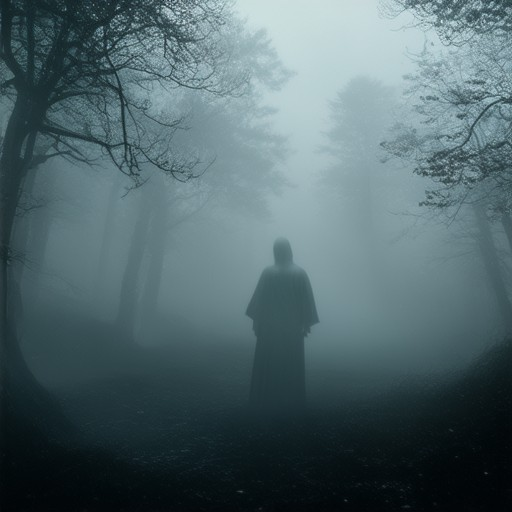
The Techniques Behind ‘The Fog’s Eerie Cinematography
The eerie cinematography in *The Fog* is achieved through a combination of clever visual techniques and meticulous attention to detail. Here’s a breakdown of the key methods used:
- Fog Machines and Lighting Integration: The film extensively utilizes specialized fog machines to create its signature misty ambiance. The crew worked closely with lighting technicians to ensure the fog was seamlessly integrated into each scene, enhancing the eerie mood without overpowering the actors.
- Color Palette and Shadows: The cinematography team employed a muted color palette dominated by grays and deep shadows to reflect the oppressive atmosphere of the story. This choice of colors reinforces the sense of dread and isolation experienced by the characters.
- Composition and Framing: The way characters and environments are framed within the fog-filled shots contributes significantly to the tension. Wide-angle shots emphasize the vast, misty landscapes, while tighter compositions highlight the characters’ vulnerability against the unknown.
- Natural Light and Location Shooting: Many scenes were filmed in real-world settings, particularly the lighthouse, to leverage natural light and textures. This approach added authenticity to the film’s haunting visuals and helped blend the artificial fog with the raw beauty of the surroundings.
- Lighting Effects and Lens Flares: Dramatic lighting effects, including lens flares, were strategically used to create moments of high tension and cinematic intensity. These effects draw the audience deeper into the narrative’s suspenseful atmosphere.
- Budget-Friendly Creativity: Given the film’s modest budget, the crew utilized practical effects and minimalist setups to maximize the impact of the fog. This approach ensured that every moment on screen contributed to the overall eerie tone without relying on expensive visual gimmicks.
- Dynamic Fog Interactions: The fog wasn’t just a static element; it moved and shifted in ways that seemed almost alive. This dynamic interaction between the fog and the characters heightened the sense of unease, making the environment feel actively threatening.
- Post-Production Enhancements: While much of the magic happened on set, post-production played a crucial role in refining the atmosphere. Sound design and pacing were carefully calibrated to amplify the psychological impact of the visuals, further immersing viewers in the horror.
These techniques collectively create a visually captivating and emotionally resonant experience, cementing *The Fog* as a masterclass in atmospheric storytelling.
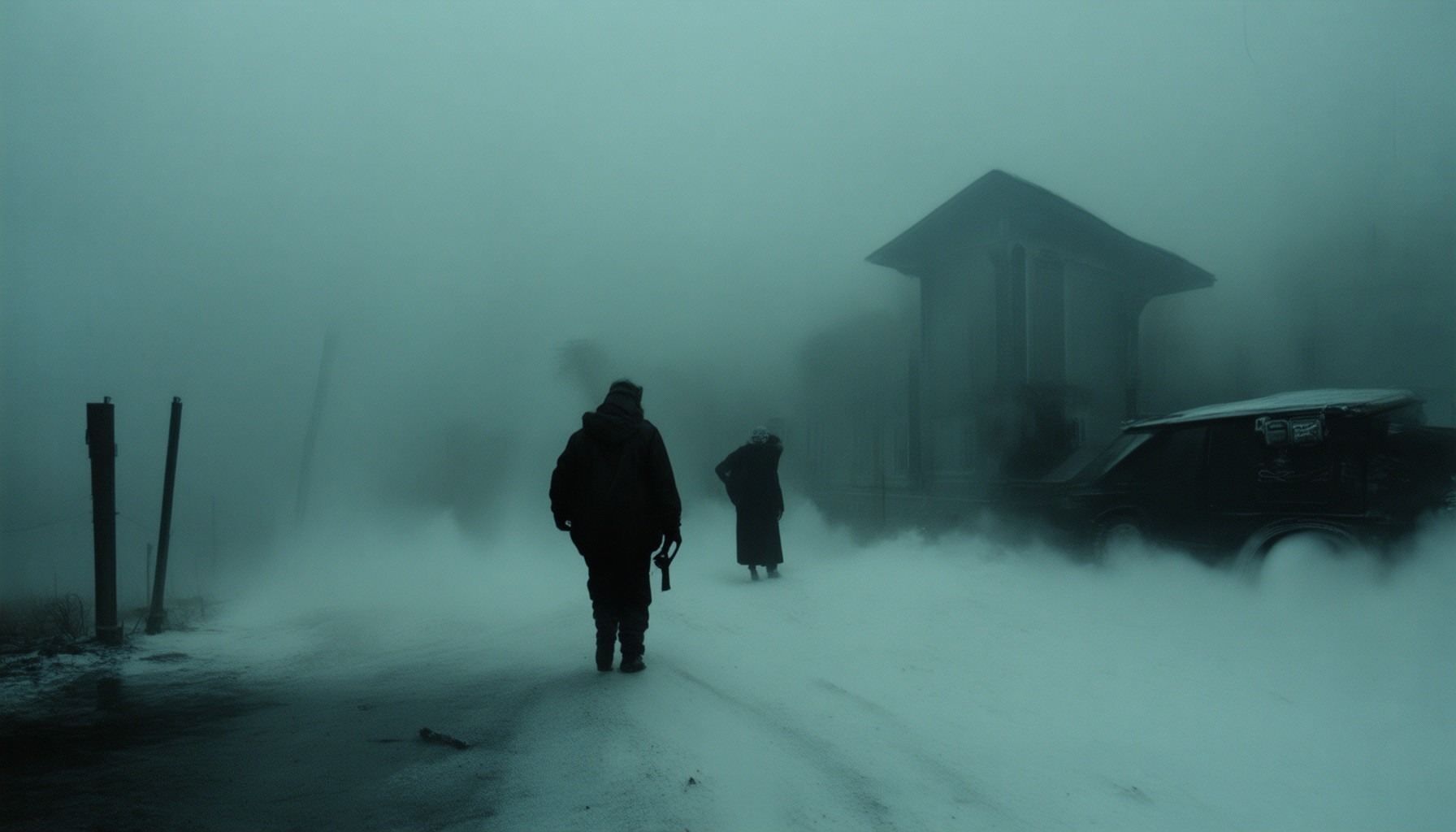
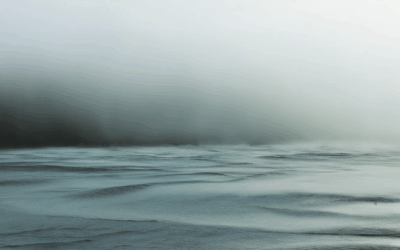
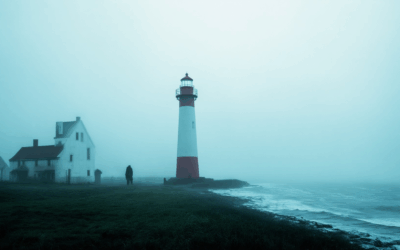
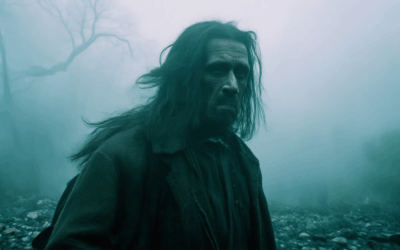
0 Comments